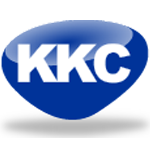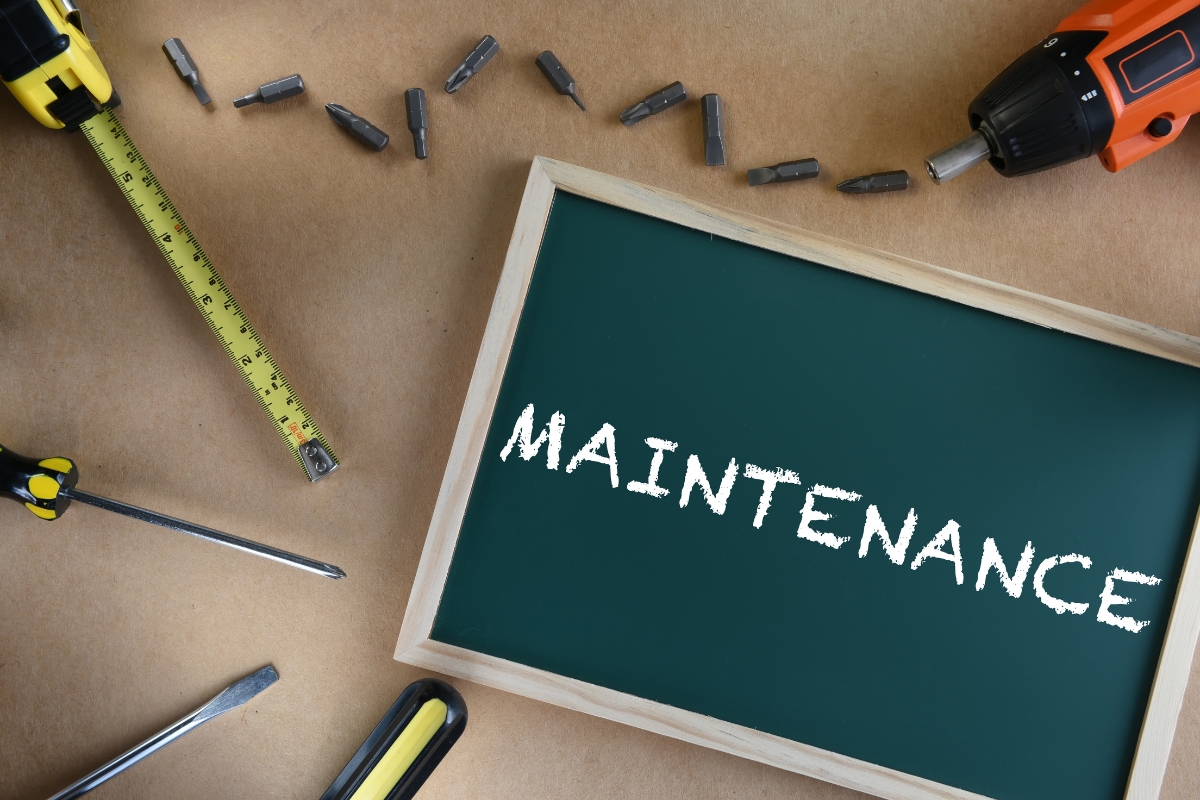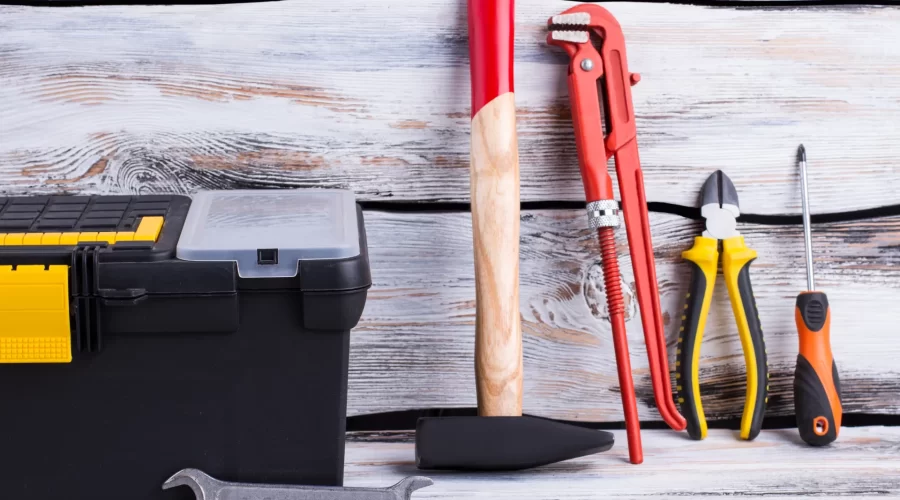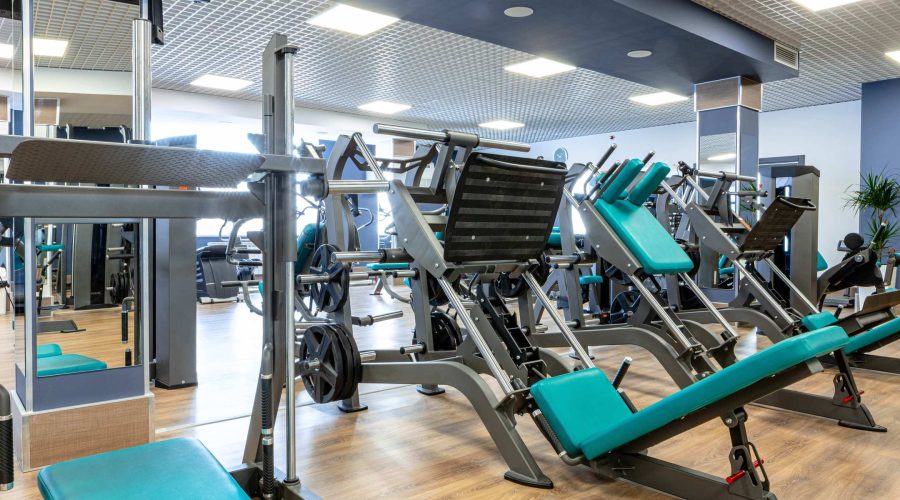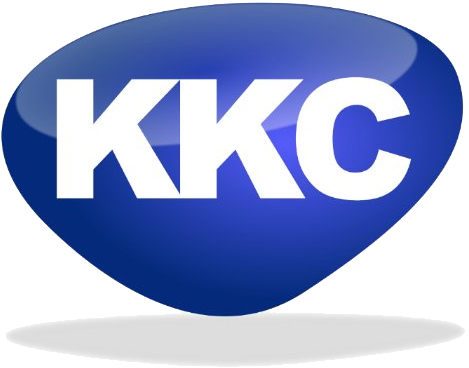Preventive maintenance (PM) is a proactive maintenance approach that helps to identify and address potential issues before they become major problems. This method involves regular inspections, cleaning, and repairs to ensure that systems and equipment are operating at peak efficiency. In this blog, we will discuss the advantages of preventive maintenance as outlined by several experts in the field.
How does PPM work?
PPM works by identifying potential issues before they become major problems. Regular inspections and maintenance tasks are scheduled at predetermined intervals to ensure that equipment and systems are performing as expected. By addressing minor issues proactively, businesses can prevent major issues from occurring, reducing the need for costly repairs and downtime.
What are the benefits of PPM?
PPM offers several benefits for businesses, including:
Increased lifespan of assets
Regular maintenance can help to extend the lifespan of assets, reducing the need for costly replacements.
Improved safety
Another advantage of preventive maintenance is improved safety. Regular inspections and repairs can help to identify potential safety hazards, such as electrical issues or gas leaks. By addressing these issues proactively, businesses can help to prevent accidents and injuries from occurring in the workplace. This includes the outside of the building, the car park, pathways, grassed areas.
Reduced downtime
One of the most significant advantages of preventive maintenance is the reduction of downtime. Regular maintenance helps to identify and address issues before they become major problems that require lengthy repairs. By addressing issues proactively, equipment and systems can remain operational, reducing the amount of downtime and lost productivity. This approach can also help to extend the lifespan of equipment, reducing the need for costly replacements.
Cost savings
Preventive maintenance can also help to save money in several ways. By reducing downtime and increasing efficiency, businesses can improve their productivity and reduce their operating costs. Additionally, regular maintenance can help to extend the lifespan of equipment, reducing the need for costly replacements. This approach can also help to identify potential issues before they become major problems, reducing the cost of repairs.
How is PPM implemented?
PPM is typically implemented using a computerised maintenance management system (CMMS). This system helps businesses to schedule maintenance tasks, track asset performance, and identify potential issues. The system can also generate reports and alerts to ensure that maintenance tasks are completed on time and to a high standard.
Conclusion
PPM is a proactive maintenance approach that can help businesses to manage their assets effectively. By scheduling regular maintenance tasks, businesses can identify and address potential issues before they become major problems, reducing downtime and operating costs. PPM offers several benefits, including increased lifespan of assets, reduced downtime, improved safety, and cost savings. By implementing a computerised maintenance management system, businesses can streamline their maintenance processes and ensure that assets are performing at peak efficiency.
